Grow the Best Cut and Come Again Vegetables for a Lot of Harvest and enjoy a constant food supply right from your yard!
Do you want an unlimited food supply from your garden? Grow these Best Cut and Come Again Vegetables for a Lot of Harvest!
Here are some perennial vegetables you must grow for a long-term harvest
What are Cut and Come Again Vegetables?
Cut and Come Again is a gardening practice that involves harvesting only the outer matured layers around a rosette so that the inner layers keep growing and producing fresh vegetables. You can do this 3 to 6 times per plant, which ensures a consistent harvest until the plant dries out or has run its course.
Best Cut and Come Again Vegetables
1. Broccoli

Botanical Name: Brassica oleracea var. italica
Broccoli tastes best when fresh. You can harvest it 2-3 times per plant easily. Leave them in the soil after cutting, and they will grow back again.
Learn about growing broccoli in pots here
2. Green Onions
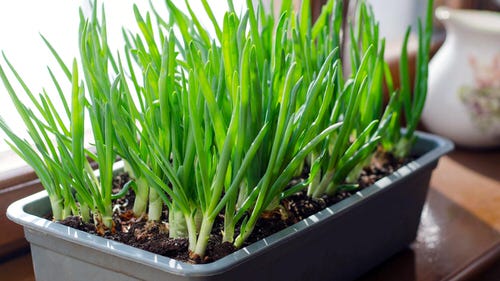
Botanical Name: Allium fistulosum
Green onion shoots have a sweet, grassy pungent flavor and spread rapidly, making them perfect for snipping several times before you can harvest the fully developed bulbs.
Check out how to grow green onion in pots here
3. Kale

Botanical Name: Brassica oleracea var. sabellica
This low-maintenance vegetable can be harvested 2-4 times in its growing period. Snip the older leaves without hurting the terminal bud to boost the growth of new leaves.
Here’s how you can grow kale in pots
4. Mustard Greens

Botanical Name: Brassica juncea
Enjoy the tangy, spicy taste of the mustard greens in casseroles, bacon, and frittatas by snipping away the crunchy greens every week before the plant produces new ones for you.
5. Swiss Chard
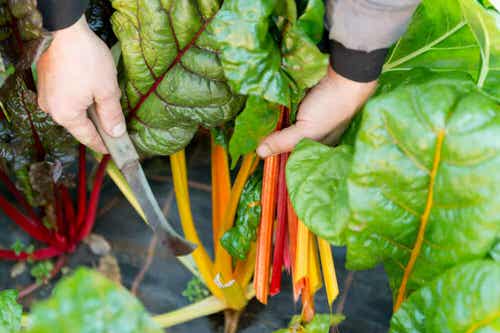
Botanical Name: Beta vulgaris subsp. vulgaris
The super hardy multi-colored stalks produce a season-long harvest in summers, and you can consume them 2-3 times once the matured leaves are four inches long.
Check out how to grow green onion in pots here
6. Chives

Botanical Name: Allium tuberosum
Garlic chives add a strong, pungent flavor to most sauces, stews, soups, and meat recipes. You can easily snip the skinny shoots leaving a few inches from the base, and they’ll grow back in a week.
Learn growing chives in pots here
7. Beet Greens
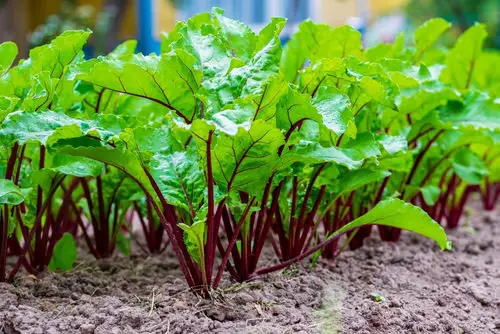
Botanical Name: Beta vulgaris subsp. vulgaris Conditiva
Beet greens have a mildly sweet earthy flavor that can add a punch to your salads and sauteed recipes. Do not snip more than one-third of the greens.
Learn the steps to grow beets in containers here
8. Amaranth
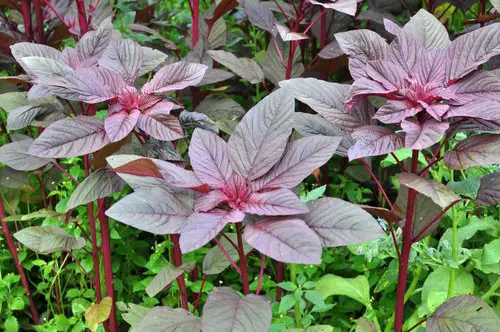
Botanical Name: Amaranthus
Amaranth comes in myriad shapes, sizes, and colors ranging from green, reddish, and variegated shades. The plant needs regular trimming to thrive, and new edible leaves appear every week.
9. Turnip Greens
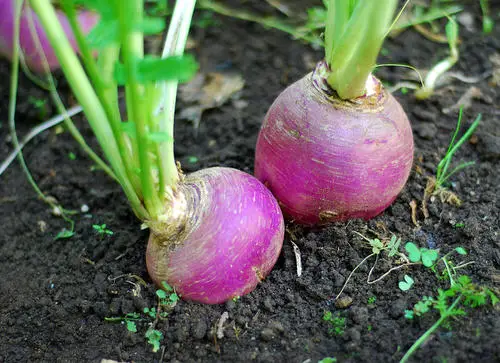
Botanical Name: Brassica rapa subsp. rapa
Harvest turnip greens throughout the growing season by snipping one-third of the leaves and leaving the rest to help the vegetable develop inside the soil.
Learn more on growing turnips here
10. Celery
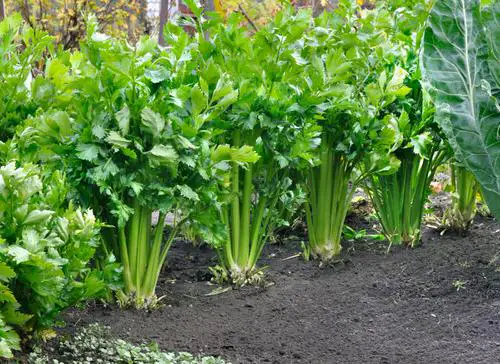
Botanical Name: Apium graveolens
Celery adds a crisp, aromatic flavor to salads, stews, and soups. Snip the outer leaves once they are 6-8 inches tall, and let the plant divert its energy to grow newer leaves for you.
Learn about growing celery in the water here
11. Spinach

Botanical Name: Spinacia oleracea
This easy-growing leafy vegetable develops quickly and can be harvested in about 35-45 days. You can also snip the small tender ones to enjoy a mild, sweet taste in your dishes.
Check out how to grow spinach in pots here
12. Bok Choi
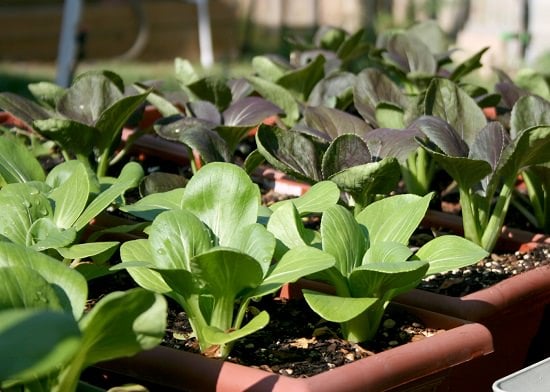
Botanical Name: Brassica rapa var. chinensis
You can snip the outer leaves multiple times, leaving a few inches above the ground to allow the center bulb to develop fully before they are ready for harvest.
Here‘s how you can grow bok choi in containers
13. Leek

Botanical Name: Allium porrum
Leeks are biennials that produce edibles for 1-2 years, after which the plant develops a large seed stalk that can be further planted for growing the vegetable.
14. Arugula
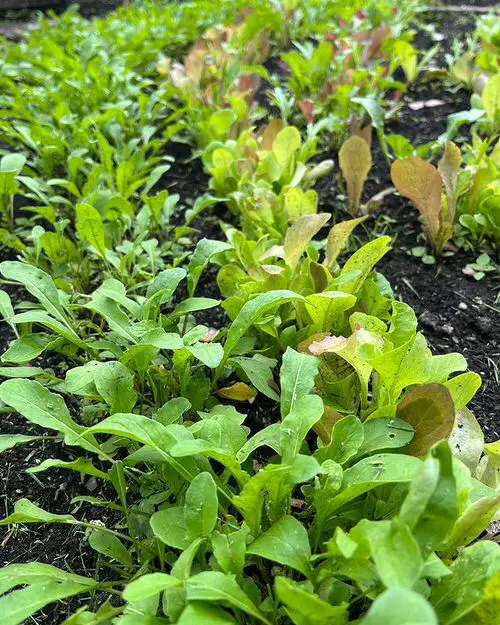
Botanical Name: Eruca vesicaria ssp. sativa
Arugula is a spicy leafy vegetable that can be consumed as a cut and come again crop if the outer leaves are trimmed and the center is left to grow more leaves.
15. Endive
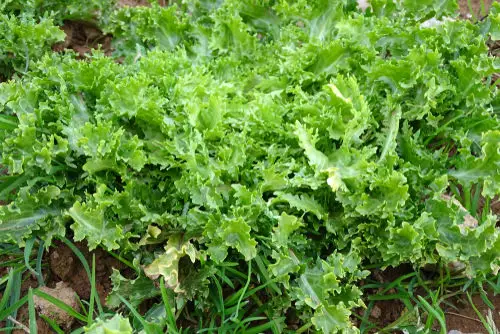
Botanical Name: Cichorium endivia
Endive leaves can be harvested from spring onwards once they are 5-6 inches tall, leaving an inch from the base to boost new growth.
16. Romaine Lettuce
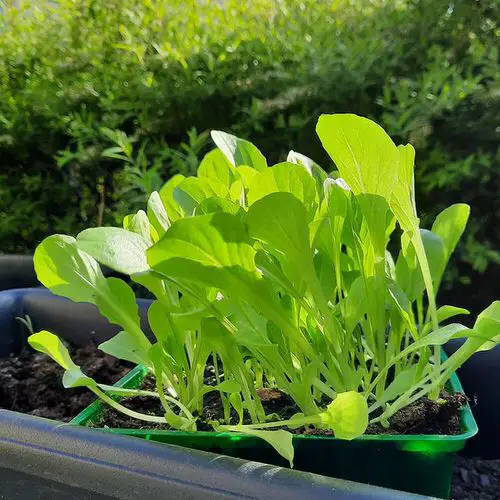
Botanical Name: Lactuca sativa var. longifolia
Romaine Lettuce can be harvested multiple times if you don’t pull the entire root off the ground. Just snip according to your need and toss a healthy plate of salad.
Learn about growing lettuce in pots here
17. Parsley

Botanical Name: Petroselinum crispum
Snip away the younger stems for a peppery, earthy flavor in your dishes once you spot clusters of 3-4 stems. The more you’ll trim the plant, the fuller it will grow.
Get some top tips on growing parsley in containers here
18. Carrot Green

Botanical Name: Daucus carota subsp.
Although carrots are one-time vegetables and cannot be regrown after harvesting, you can enjoy the carrot greens quite often by snipping them once they are 5-6 inches tall.
Learn how to grow carrots from carrot tops here
19. Collard Greens
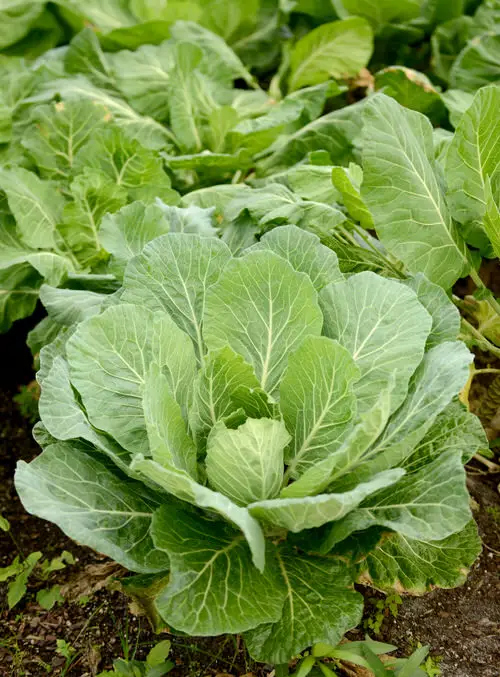
Botanical Name: Brassica oleracea
Collard greens add a slightly bitter earthy taste to cuisines and can be snipped 2-4 times once they are 7-10 inches long while the root develops into a fully grown vegetable.
20. Chicory
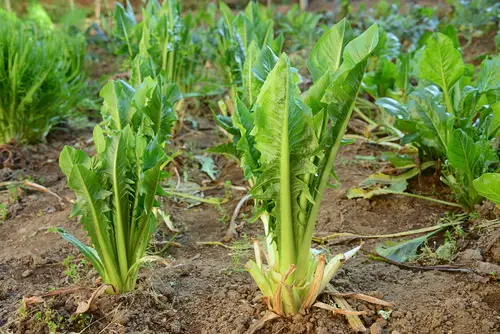
Botanical Name: Cichorium intybus
Chicory is harvested for its distinct spicy, nutty flavor. You can trim the outer matured leaves to toss into your salads while the inner tender ones develop.
21. Corn Salad

Botanical Name: Valerianella locusta
Corn salad is a leafy green vegetable with a slightly herbal flavor. Start with the outer leaves once they are three inches long before the inner ones are ready to harvest.
Learn the steps to grow corn salad here
22. Asparagus
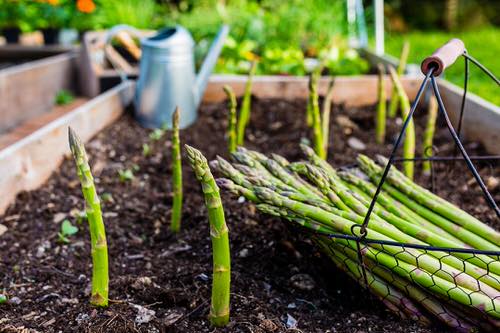
Botanical Name: Asparagus officinalis
This perennial vegetable needs 2-3 growing seasons to become established for the first harvest; it comes back year after year.
Once the shoots are 4-6 inches tall, cut off at the soil line. They will grow back again!
23. Malabar Spinach
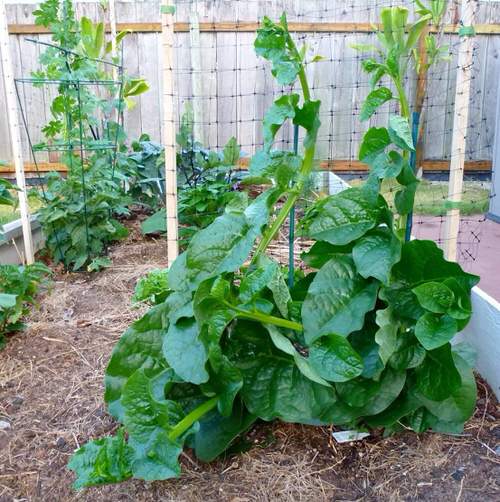
Botanical Name: Basella alba
The best thing about growing Malabar spinach is you can harvest the leaves for salad, and the plant will continue to produce more. It tastes great when the leaves are young and tender.
Find out the steps to grow Malabar spinach in pots here
Bonus!
24. Water Cress
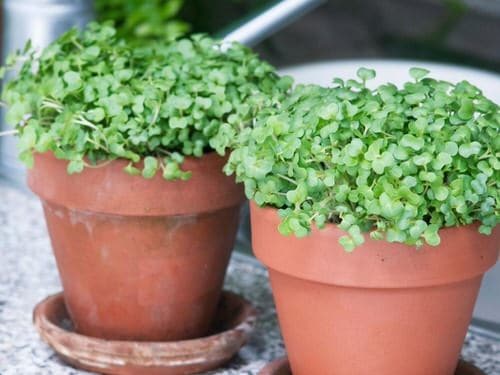
Botanical Name: Lepidium sativum
Garden cress grows fast and can be harvested in just two weeks. When it grows up to 4-5 inches tall, you can take your first cutting. Leave 1/2 inch stem behind, and it will come again (regrow).
25. Dandelion

Botanical Name: Taraxacum officinale
This wildflower has been considered a weed due to its ability to endure. Dandelions have deep taproots that can be cut all the way down and regrown. You can use its blooms in teas, and leaves can be added to salads.
Find out the best root vegetables with edible greens here
Quick Care Tips for ‘Cut and Come Again Vegetables’
- Do not snip more than one-third of the leaves in the case of root vegetables.
- Top dress the plant during the growing season or use a foliar spray to harvest lush, healthy leaves.
- Keep an eye on the pests and spray the plant with insecticidal soap solution on spotting any.
- Always use a clean, sanitized knife or shears to snip the vegetables.
- At first, harvest the older leaves to help the plant divert its energy to develop the younger ones.


